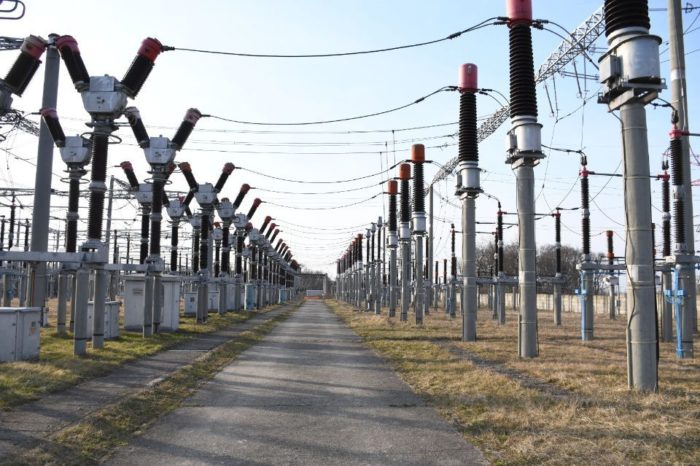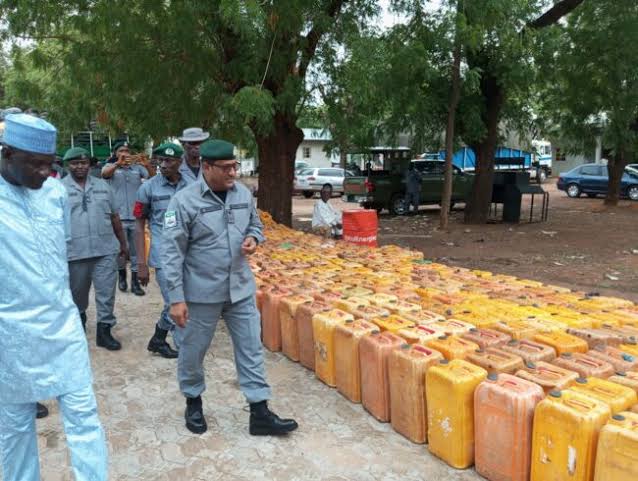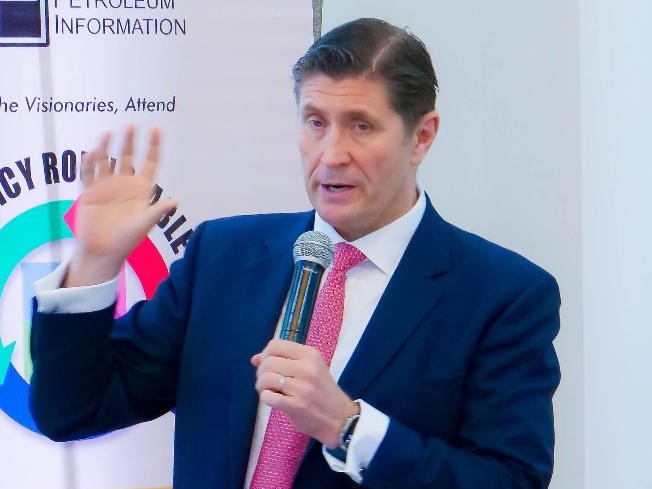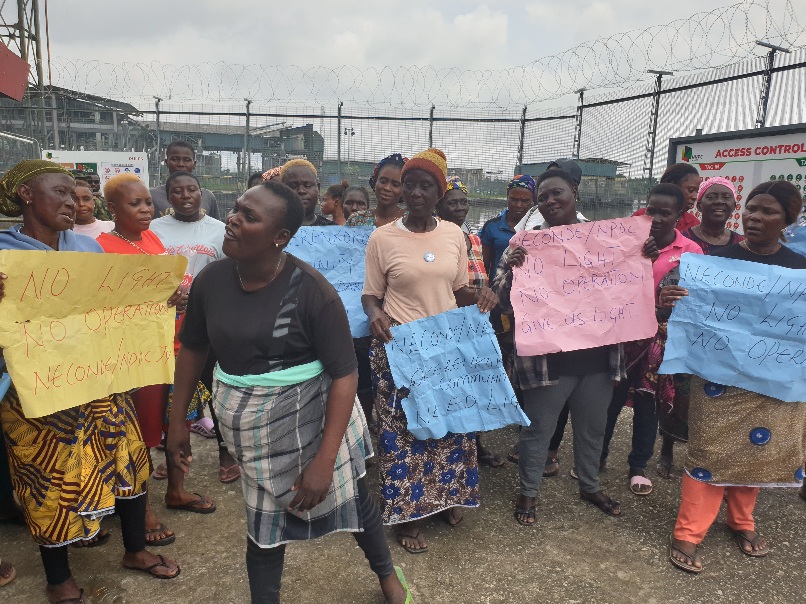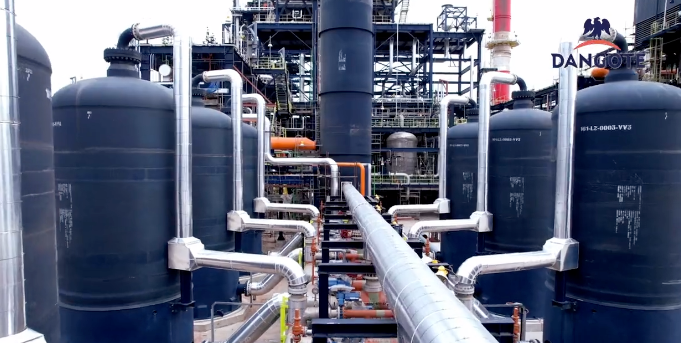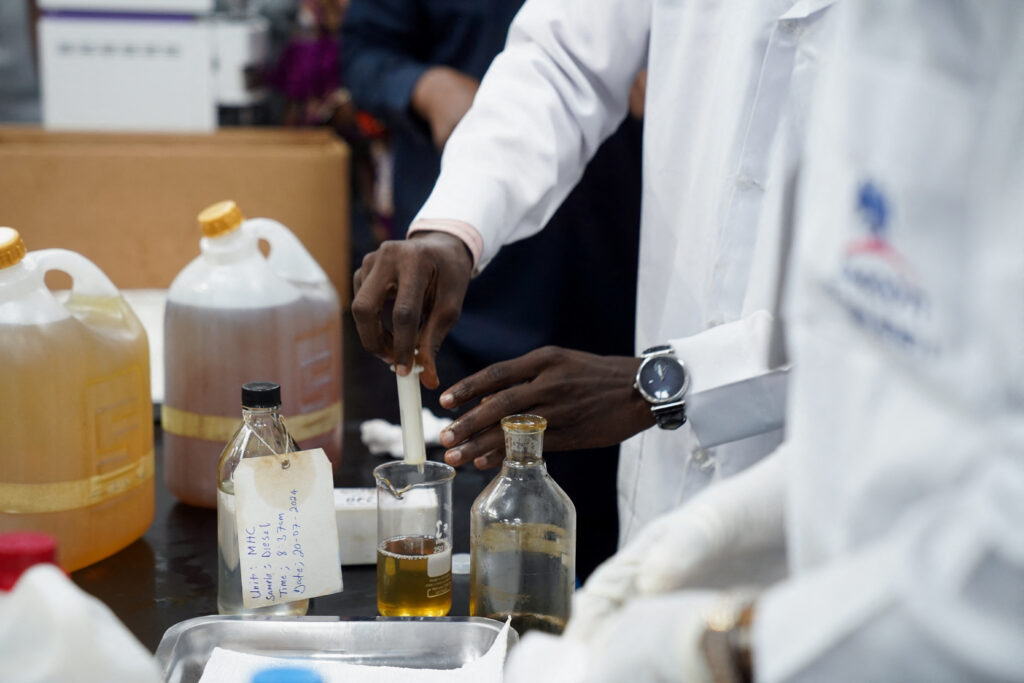Generation capacity of 26 power plants plummet to 4,387.91MW in Q2 2023, due to gas constraints, hydro-dam depletion – NERC report

NDPHC power plant
Oredola Adeola
Nigeria’s power generation plummeted in the second quarter of 2023, with the average available generation capacity of 26 grid-connected power plants dropping to 4,387.91MW (4.73%) compared to 4,605.72MW recorded in 2023/Q1, according to Nigerian Electricity Regulatory Commission (NERC) second quarter (Q2) 2023 report.
This was attributed to gas constraints and mechanical faults affecting gas-fired thermal power plants, as well as unscheduled maintenance, shutdown, total overhaul, depletion of dam reserves, and water management affecting hydro-dams.
The NERC’s Q2, 2023 report showed that sixteen of the twenty-six grid-connected power plants recorded decreases in total generation in 2023/Q2 compared to 2023/Q1, resulting in a decrease of -5.17% (-483.19GWh) from 9,350.24GWh generated in 2023/Q1, while the average hourly generation of available units decreased by 6.33% (- 274.47MWh/h) from 4,334.41MWh/h in 2023/Q1 to 4,059.94MWh/h.
EnergyDay’s check further revealed that Nigeria has twenty-six (26) grid-connected power plants as of Q2 2023, consisting of eighteen (18) gas-powered plants, four (4) hydro-powered plants, two (2) steam-powered plants, and two (2) gas/steam-powered plants.
However, the 26 grid-connected power plants’ average available generation capacity during Q2,2023 was 4,387.91MW representing a -4.73% decrease (-217.81MW) compared to 4,605.72MW recorded in 2023/Q1, arising from the fundamental issues of gas, unscheduled maintenance, and market.
The Q2, 2023 NERC report particularly mentioned that persistent mechanical faults and gas constraints continued to affect the amount of energy generated by gas-fired thermal power plants.
It further stated that the hydropower plants were significantly affected by unscheduled maintenance, shutdowns, and water management issues caused by the depletion of dam reserves since the end of the rainy season in 2022/Q3.
Despite these major constraints, NERC noted that the available power in the generation plants was only dispatched when the load on the grid was sufficient to offtake the energy while operating within acceptable technical limits.
The quarter-on-quarter performance of the seven (7) power plants with the highest average hourly generation in 2023/Q2, showed that only 3 [Delta GS (+20.94%), Odukpani (+12.25%), and Okpai (+5.53%)] of those plants recorded increases in their average hourly generation over the two quarters.
Conversely, two plants consisting of Kainji (-25.26%), and Azura IPP (-25.01%) had reduced average hourly generation in 2023/Q2 compared to 2023/Q1. Egbin despite being the only plant with the highest generation capacity dropped from 1,479.28GW/h in Q1,2023 to 1,422.69GW/h (-56.59) in Q2,2023.
Cumulatively, the average hourly generation of the remaining nineteen (19) power plants decreased by -9.17% in 2023/Q2 compared to 2023/Q1.
Sixteen (16) of the twenty-six (26) grid-connected power plants recorded decreases in total generation in 2023/Q2 compared to 2023/Q1 due to a decrease in the available capacity of the power plants.
The NERC report showed that two of the top-performing power plants in 2023/Q1 – Olorunsogo and Alaoji NIPP were both unavailable for 84 days (approximately 91% of the quarter) in 2023/Q2 due to gas constraints and mechanical faults.
Furthermore, all the hydropower plants recorded decreases in their average generation in 2023/Q2.
Shiroro hydro plant recorded a decrease in generation due to the shutting down of one (1) of its four (4) units/turbines for minor maintenance as well as water management caused by the depletion of its dam reserves since the end of the rainy season in 2022/Q3.
Jebba had 50% of its turbines (~289.2MW capacity) shut down in 2023/Q2 to allow them to undergo total overhaul and replacement of key components including generator rotor, winding, and Automatic Voltage Regulator (AVR).
Dadin Kowa was unavailable for 50% of the time in April and May due to low gross operating head.
The load factor, which is a measure of the utilisation of a power plant’s capacity, for all grid-connected power plants in 2023/Q2 was 92.53%, meaning that only 7.47% of the available capacity was unutilised.
The 92.53% load factor recorded in 2023/Q2 represents a decrease of 1.46 percentage points (pp) from the 93.99% load factor recorded in 2023/Q1.
The report showed that sixteen (16) power plants recorded dispatch rates of at least 90% in 2023/Q2.
The load factor of the seven (7) power plants with the highest dispatch rates in 2023/Q2, showed that Omoku (100%), Trans Amadi (100%), and Afam VI (100%) had the highest dispatch rates. All the hydro plants except Dadin Kowa had less than a 90% dispatch rate.
EnergyDay gathered that the 90% dispatch rate for the hydro plants is contrary to the Commission’s order (Order No: NERC/182/2019) on mandatory and priority dispatch of hydro plants.
The Order mandates that hydro plants, which are the cheapest energy generation source, should be dispatched with priority to reduce wholesale energy costs for consumers.
The NERC’s report showed that the Kainji, Jebba, and Shiroro hydro plants had dispatch rates below 90% due to water. management and low load demand by DisCos.
Joy Ogaji, the Executive Secretary of the Association of Power Generation Companies (APGC) on her part revealed that the power crisis in Nigeria will continue to linger until the Federal Government addresses the gas-to-power issues which are affecting over 80 percent of all the 26 grid-connected power plants.

